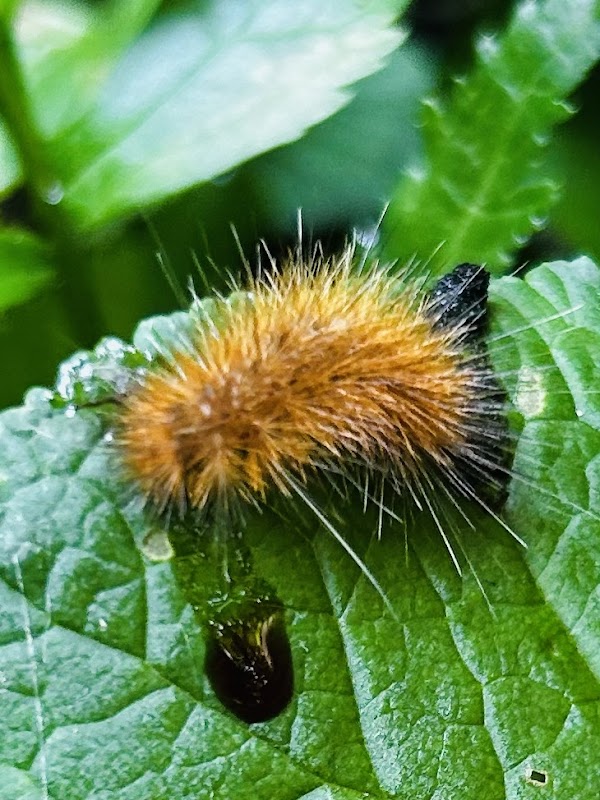
Unleashing Adventure at Greendale Outdoor Festival: Indiana’s Wilderness Playground
The Greendale Outdoor Festival transforms a peaceful Indiana town into a buzzing hub for hiking, climbing, and paddling enthusiasts each September. This event combines hands-on adventure and environmental education with practical tips to ensure success on every trail and waterway.
Secure Grip Footwear
Wear trail shoes or boots with good traction for rocky and muddy sections to prevent slips on uneven ground.
Hydrate Early and Often
Carry at least 2 liters of water and refill at festival stations, especially during late summer’s heat and active hikes.
Start Hikes Early
Begin hikes in the morning for cooler temperatures, softer lighting, and a quieter trail experience.
Respect Trail Etiquette
Stay on marked paths, yield to uphill hikers, and minimize noise to protect wildlife and fellow adventurers’ experience.
Unleashing Adventure at Greendale Outdoor Festival: Indiana’s Wilderness Playground
Every early September, Greendale, Indiana shifts gears from quiet town to an epicenter of outdoor thrill at the Greendale Outdoor Festival. This yearly gathering invites everyone—from weekend wanderers to seasoned trailblazers—to engage with the untamed environment across carefully curated hikes, paddle tours, and rock climbing challenges. The festival isn’t just a celebration of nature; it’s a practical and immersive guide to the area's rugged terrain and rich outdoor culture.
The region’s hiking trails range between 3 to 7 miles, with elevation gains around 300 to 600 feet. Trails thread through dense woodlands where old oaks and maples clutch the earth steadily, their roots guarding the path. The landscape undulates, throwing in rocky outcrops and open meadows watering a panoramic view of the Ohio River some 10 miles south. Where terrain dips near the river, the currents dare you closer, and you can hear the water pushing forward, urging a pause or a deeper look at its restless surface.
Festival activities blend adventure with education. Guided hikes explain not only the route but the ecological balance that powers these woods. Workshops introduce rock climbing techniques on natural faces and artificial walls, emphasizing safety and respect for the landscape’s demands. Paddle excursions on local creeks focus on spotting both common and elusive native fauna, such as river otters and herons, woven into the natural rhythm of the water.
Practical planning is key. Footwear with solid grip and ankle support shifts from recommendation to necessity in wetter patches and steep sections. Hydration should never be overlooked—festival organizers provide water stations but carrying at least two liters on longer hikes is advised. Early morning hikes are cooler and provide softer light for photography, while midday carries the risk of heat and insects; afternoons ease into a gentler pace with the sun’s path lowering.
The festival's vibe respects nature’s fierce character rather than trying to tame it. Attendees learn to adapt and respond, whether it’s a sudden drop of rain making terrain slippery or a quiet moment seized to watch a hawk wheel overhead. Each trail segment and activity offers a blend of challenge and discovery, encouraging visitors to engage deeply without losing sight of their limits.
When nights fall, the town offers welcoming spaces charged with campfire stories and practical tips shared among attendees and guides. The balance of adrenaline and grounding knowledge makes the Greendale Outdoor Festival a unique experience—one that equips visitors for adventure not just in Indiana but wherever the trails call next.
Nearby Trips
All Adventures
Boat Charters
Water Activities
Adventures near Greendale, Indiana
Discover the unique and memorable adventures that make Greendale, Indiana special.
Frequently Asked Questions
What makes the Greendale Outdoor Festival unique compared to other outdoor events?
The festival blends practical outdoor education with a range of activities involving hiking, paddling, and climbing, encouraging participants to engage with nature on its own terms rather than simply racing through trails.
Are there activities suitable for families and beginners?
Yes, the festival offers guided nature walks and beginner paddling excursions that introduce safe, manageable adventure options with plenty of support and instruction.
Is the terrain suitable for mountain biking?
The festival primarily focuses on foot and paddle sports; many trails have sensitive vegetation and rocky sections that are unsuitable for biking and closed to it during the event.
Can I bring pets to the festival trails?
Pets are generally permitted but must be kept on a leash at all times to protect wildlife and other visitors.
Are there local food or gear vendors at the festival?
Yes, local vendors feature outdoor gear essentials and hearty trail snacks, making it easy to replenish supplies or try regional cuisine after a day of adventure.
What is the best way to avoid crowds during the festival?
Arrive early on weekends or take part in weekday hikes and activities when the festival is less busy for a more tranquil experience.
Recommended Gear
Trail Running Shoes or Hiking Boots
Provides grip and ankle support necessary on dirt paths and rocky inclines.
Hydration Pack or Water Bottle
Essential for maintaining hydration, especially during hot and active periods.
Light Rain Jacket
Keeps you dry during sudden spring showers without overheating.
Trekking Poles
Helpful for stability on uneven terrain and when leaves obscure trail obstacles.
Local Insights
Hidden Gems
- "The overlook near Ravine Trail offers a quiet view of the Ohio River valley well shy of the festival’s main routes."
- "Small limestone caves on the western edge of the park provide microhabitats for bats and unique rock formations."
Wildlife
- "River otters and great blue herons frequent local waterways, often spotted during paddle tours."
- "Eastern box turtles roam the forest floor silently and can often be glimpsed near the creek banks."
History
"The area once served as a crossroads for Native American tribes and later as a logging and river-transport hub, leaving subtle historical markers along old paths and riverbanks."
